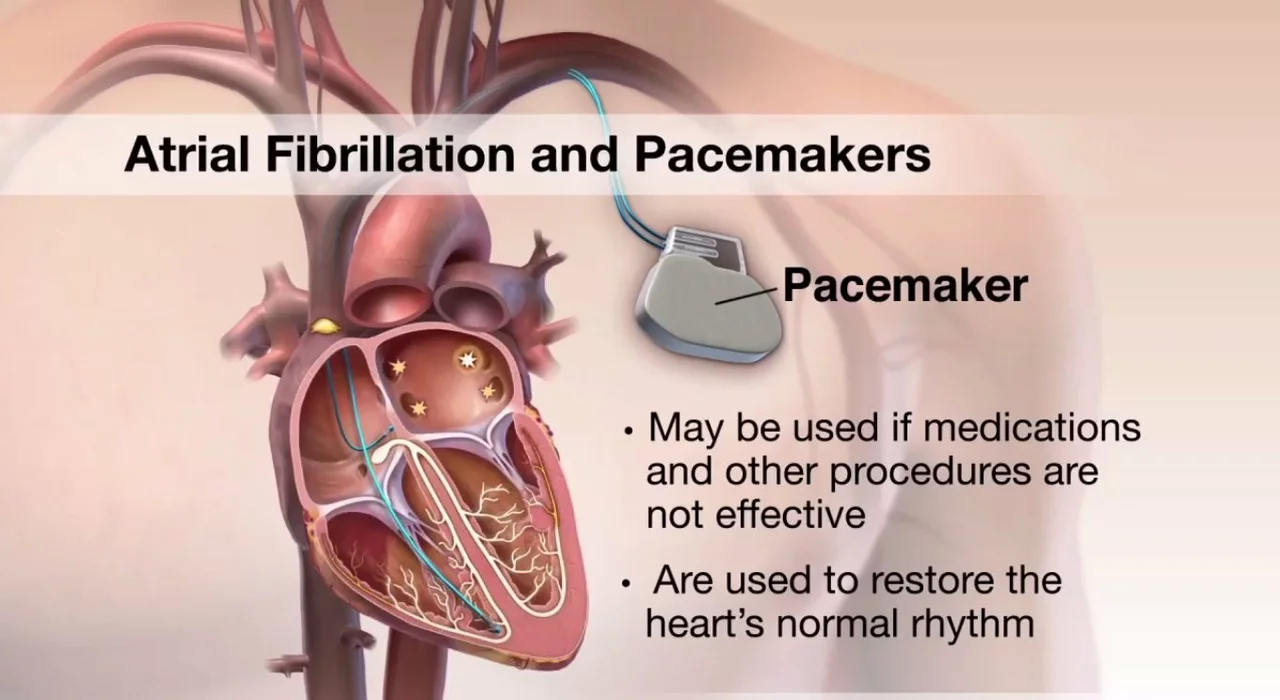Amiodarone – What You Need to Know About This Heart Drug
If you or someone you know has been told to take amiodarone, you probably have questions. It’s a medicine that helps control serious heart rhythm problems, but it also comes with its own set of rules. Below we break down the basics so you can feel more confident about using it.
How Amiodarone Works and When It’s Prescribed
Amiodarone belongs to a group called anti‑arrhythmics. It slows down abnormal electrical signals in the heart, helping the heartbeat stay regular. Doctors usually prescribe it for conditions like atrial fibrillation, ventricular tachycardia, or when other rhythm drugs haven’t worked.
The drug is taken as a pill, but sometimes hospitals give it through an IV for quick control. Because it stays in the body a long time, doctors often start with a higher “loading” dose and then lower it to a maintenance amount. This approach keeps the heart steady while the medicine builds up where it’s needed.
Managing Side Effects and Staying Safe
Amiodarone can cause side effects that range from mild to serious. Common complaints include nausea, fatigue, or a metallic taste. More concerning issues involve thyroid problems, lung irritation, liver changes, and skin discoloration. If you notice persistent cough, shortness of breath, unusual weight gain, or yellowing skin, call your doctor right away.
Because the drug can interact with many other meds—like blood thinners, cholesterol pills, or certain antibiotics—always share a full medication list with your healthcare team. Alcohol and grapefruit juice can also affect how amiodarone works, so keep those in check.
Regular monitoring is key. Your doctor will likely order blood tests for thyroid and liver function, plus chest X‑rays or ECGs to watch the heart and lungs. Stick to the appointment schedule; catching a problem early makes treatment easier.
When it comes to taking amiodarone, follow these simple steps:
- Take the pill at the same time each day with food if it upsets your stomach.
- Avoid missing doses—set an alarm or use a pill organizer.
- Don’t stop suddenly; talk to your doctor before any changes.
- Report new symptoms promptly, even if they seem unrelated.
Pregnant or breastfeeding women should discuss risks with their doctor because amiodarone can affect the baby. If you’re planning a pregnancy, let your healthcare provider know early so alternatives can be considered.
Overall, amiodarone is a powerful tool for keeping dangerous heart rhythms in check, but it demands careful use and regular follow‑up. By staying informed, taking the medication as prescribed, and keeping up with monitoring, you can reduce risks and get the most benefit from this treatment.

Amiodarone and the Treatment of Atrial Flutter: A Comprehensive Guide
In my latest blog post, I've explored the comprehensive guide on Amiodarone and its role in treating Atrial Flutter. I've discussed how this medication works effectively to maintain a normal heart rhythm and prevent complications. Additionally, I've touched upon the potential side effects and precautions one should take while using Amiodarone. I also delved into the importance of proper dosage and regular monitoring during the treatment. To learn more, I invite you to read the full article for a deeper understanding of this vital medication in managing Atrial Flutter.